Today, we will discuss a new product we’ve started carrying from Audma: the MAESTRO HPA1 Headphone Amplifier, DAC, and Pre-amplifier. We will discuss the HPA1’s build quality, design, and sound quality, paired with several headphones, and briefly compare the overall sound of the HPA1 to my reference solid-state amplifier and DAC, the Ferrum WANDLA, ORR, HYPSOS 2 stack.
First, let’s learn a little about Audma, an Italian Audio company. The “father” of ELISA, a proprietary technology, was invented by Cesare Mattoli, an electronics engineer. Cesare aimed to explore how headphones reproduce sound, aiming to make their sound more speaker-like in presentation.
To achieve this, Cesare and Audma developed their patented worldwide ELISA (Electronic Loudspeaker Imaging Simulating Amplifier) technology. According to Audma, ELISA creates the acoustic illusion of allowing headphones to sound more speaker-like in presentation.
It achieves this by processing the stereo signals through a network of controlled delays and crossovers. ELISA reprocesses sound by mixing part of the right signal into the left channel and vice versa, simulating what happens when listening to a sound system in a room, according to Audma.
The ELISA system can be controlled with three motorized controls on the front of the amplifier or with the premium included rechargeable remote. The first control is the on and off.

The second control, called Stage, allows you to adjust the intensity of the simulated effect. The third control is called ANGLE, which manages the width of the stereo image, ranging from a more focused, narrow setting to a very wide one, depending on your preference and headphone pairing.
We will discuss how ELISA sounds more when we get into the sound impressions portion of the video. ELISA isn’t the only impressive design element of the HPA1.
The Amplifier also uses a smart power supply with automatic voltage switching for global compatibility. One of the more impressive design choices for the HPA1 is the Dual Mono Power supply with custom Low-oxygen audio transformers built to specifications.
This dual mono design lends itself to the impressive dynamics, punch, and slam when it comes to music listening and enjoyment, one of my favorite things about the sound of the HPA1.
Audma also chose Nichicon electrolytic capacitors, along with Wima Red Series audio capacitors, solid core silver OFC/OCC audio cable insulated in Teflon, and gold-plated input and output terminals to help shape the sound and performance of the HPA1.

Using Alps Alpine motorized potentiometers and Alpha rotary switches, the tactile yet luxurious feel of all the controls on the front of the unit is world-class. If that wasn’t enough, every single control on the front of the unit is beautifully backlit, making it an absolute pleasure to use in a dark environment.
The digital section of the HPA1 is led by the AKM AK4490REQ DAC chip, featuring Velvet Sound technology, which enables up to 32-bit PCM at 768 kHz and DSD at 256 kHz, with automatic PCM/DSD selection.
The Class A/B amplifier has a signal-to-noise ratio of 115 dB, THD of .001% and the Frequency response of the HPA1 is 20 Hz-20kHz. The output power, according to Audma, is 2 x 1 Watts at 32 ohms, 2 x 4.4 Watts at 140 ohms, and 2 x 2 Watts at 300 ohms, with output gain adjustments on the back of the amplifier ranging from 0 to +30 dB, allowing the HPA1 to drive any headphone with ease.
Taking a look at the front of the unit, we can see a small power button that lights up green when the unit is powered on. Next, you have the input selector, phase selector, stereo/Mono selector, left and right balance controls, and the output control.
Above those controls are the ELISA controls we previously discussed, followed by the volume control. One of my favorite visual design elements is the VU meters, which show two measurement needles when ELISA is activated. You also have a VU meter sensitivity toggle switch between the two meters.
Underneath the VU meters, you have a balanced 4.4mm Pentaconn output, followed by a ¼” headphone output, and lastly a 4-pin XLR headphone output.
Turning the HPA1 around, you have the power on/off switch, power cord inlet, followed by the XLR right and left outputs, and the RCA Right and Left outputs.

This next section is the DIP Switch controls for the gain, direct, and cross. Lastly, you have your inputs right and left XLR, right and left RCA, a USB, digital coax, and optical.
The MAESTRO HPA1 is large, measuring 16.92” wide by 4.33” high and 16.92” deep, weighing about 19.18lbs. The unit is also rack mountable and includes rack mounts in the box along with a set of RCA cables, Premium remote with charging cable, a ¼” to 3.5mm adapter, power cable, a pair of white cotton gloves and microfiber cloth for cleaning. Everything is extremely well packaged, and the unboxing experience is fantastic.

The HPA1 will require either an audio rack, a large desk, or a suitable surface area for placement, as it is a full-sized component compared to smaller headphone amplifier designs. However, if you have the space, the larger size rewards you with a larger dual mono power supply, more internal space between components, and a relatively cool operating temperature compared to smaller headphone amplifiers.
The build quality, design, and physical appearance of the Audma Maestro HPA1 are spectacular. My only minor recommendation for future models is to create an easier way to adjust the gain, rather than having to turn the unit around and adjust the dip switches.
I am a massive fan of the physical design and functionality of the HPA1, and it checks every box for a high-quality headphone amplifier and DAC, competing with other premium units we carry, such as the Chord DAVE, but with a more affordable price tag. Before we get into my sound impressions, let’s touch on the price of the Maestro HPA1.
With a price of $9,600, the Audma Maestro is for the serious headphone listener seeking one of the best headphone amplifiers and DACs under $10,000, competing with even more expensive units.
Its ability to drive any headphones, including the OG Susvara, HE6, and the Abyss AB1266, to name a few, makes the HPA1 a one-and-done type of headphone amplifier solution, eliminating the need to worry about whether you will ever have enough power and current to drive your favorite headphones.
Let’s discuss my sound impressions of the Maestro HPA1. I listened to the amplifier and DAC with nine pairs of headphones and a pair of earphones to formulate my impressions.
I would categorize the Audma HPA1 as neutral in presentation, not editorializing the music significantly in any one way or another. This is similar to the reference amplifier and DAC I use from Ferrum Audio.
However, a quality that stands out from the HPA1 compared to most solid-state amplifiers I have heard in-house is the incredible punch, slam, and speed of the dynamic shifts in the music.
Pair this quality with the Maestro’s black-sounding background and non-existent noise floor, and you have an exciting, excellent sound-staging amplifier that gets out of the way and provides a window into the sound signature of your headphones.
The DAC section is also very formidable, with excellent performance that avoids sounding fatiguing, which is particularly important when paired with a neutral-sounding headphone amplifier.
There is a touch of warmth in the mid-range with the internal AKM DAC, a bit more sparkle with the Ferrum Wandla feeding the amplifier, and a more analytical sound when paired with the Chord Hugo 2.
I preferred the implementation of the internal AKM DAC in the HPA1, but if you have a few DACs in-house, the amplifier is sufficiently transparent to allow you to roll your own DAC if you like.

The soundstage presentation of the HPA1, without the ELISA circuit engaged, is wide-sounding with tightly defined images. Let me clarify one point: the amplifier without ELISA turned on is not artificially wide-sounding by any means; it will mirror what your headphones are capable of, as well as how the recording was produced.
The amplifier presents bass that is tight, punchy, and detailed. The midrange sounds open and detailed, with a touch of warmth that is excellent for strings and vocals.
The treble has good air and extension, with sparkle that will please most listeners who prefer emphasis in the treble region without crossing the line into bright or overly analytical territory.
Timbre is natural sounding, with little to no editorialization of the sound, respecting the timbre and tone of the original recording. When it comes to speed, the Maestro HPA1 delivers a fast quality of sound and can keep up with complex orchestral compositions as well as fast-paced electronic music with ease.
So, even before turning on the ELISA circuit, the HPA1 is a top-tier headphone amplifier and easily competes with the sound quality of separate DACs and amplifiers, as well as with headphone amplifiers and DACs with a higher price tag.
Where things become even more interesting is when the ELISA Circuit is engaged. Flat-sounding sound stages expand, become more front-of-stage focused, and add more dimensionality and holographic qualities to headphone listening.
I have experimented with crossfeed implementations on numerous amplifiers, some of which I had long-term ownership of, such as the Chord Hugo TT2 and the original iFi Pro-iCan. Or with the Matrix implementation from the SPL Phonitor. The concept of enhancing headphones to produce a more speaker-like sound presentation is not new by any means.
However, the implementation of the Audma Maestro HPA1 is arguably one of the best I have heard, and it is also less complicated from a user experience standpoint than Phonitor’s Matrix implementation.
The ELISA is especially valuable for older recordings from the 1960s and 1970s, where extreme panning was used, placing instruments too far right or left to create a realistic soundstage through headphones.
Even more if you have ever built a terrific two-channel setup and created a spectacular center image for the vocalist, then listened to the same track on your headphones, only to hear that center image fall apart that is what ELISA quickly and effectively fixes which is spectacular for a head-fi listener wanting to create a more speaker like listening experience.
You wouldn’t likely want to use the ELISA circuit with Binaural recordings, and using ELISA isn’t entirely without some tonal shift in the music, especially when maxing out both the stage and angle of the ELISA circuit, and doing so can add some additional edge to vocals and instruments in my listening experience.
However, don’t let this dissuade you from giving this incredible amp a listen, as the beauty of the ELISA technology is how adjustable both the stage and angle are, allowing you to dial in the sound to your liking for the given headphones and recording you are listening to by turning two excellent soft-to-the-touch controls on the front of the HPA1.
I am going to say it: the Audma Maestro HPA1 is one of the best all-in-one headphone amplifiers and DACs I have heard. The price tag isn’t small, so we always recommend visiting our headphone bar and giving the unit a listen with your headphones to see if it’s a sonic fit for you.
With that said, the HPA1 earns my recommendation, and I would love to own it for both headphone listening and reviewing new gear. I listened to a variety of headphones, as you have seen throughout the video, including both dynamic and planar magnetic types. The amplifier brought out the best in all of them, and implementing ELISA unlocked a quality of sound that I had not experienced before, which I thoroughly enjoyed.
The most difficult headphones to drive in-house that I tested the Maestro HPA1 with were the DCA Expanse. They required a slight gain adjustment on the back of the amp to the +6 dB setting for optimal drive with those headphones.
The Expanse headphones are one of my favorites, if not my favorite, headphones DCA has ever made, and they already have incredible soundstage presentation. Adding the ELISA circuit to the Expanse headphones is next-level amazing!
The majority of the other headphones I have in-house require no additional gain to sound excellent; however, if you own very challenging-to-drive headphones, the HPA1 will have no problem making them sing.
Come give the HPA1 a listen at our Southern California showroom or visit us at CanJam So-Cal this year. This is one amp you don’t want to miss.
For more information on any of the products discussed in this article or to make a purchase, please visit the links. Also, TSAV has added some great options on our website.
Our rewards program lets you earn points for discount coupons on future purchases. We have also expanded our financing options. So, check those out and sign up for the rewards program today!
We have some exciting videos coming this year, featuring new product announcements, so please consider subscribing to our YouTube channel! From $150 earphones to multi-million-dollar home audio, cinema, and automation, TSAV is a HiFi paradise for building the system of your dreams.
This is the part of the article where we'd love for you to share your thoughts on the Maestro HPA1 in the comments. Have you heard it yet? If so, what do you think? Until next time, friends, remember, let the music be your guide!

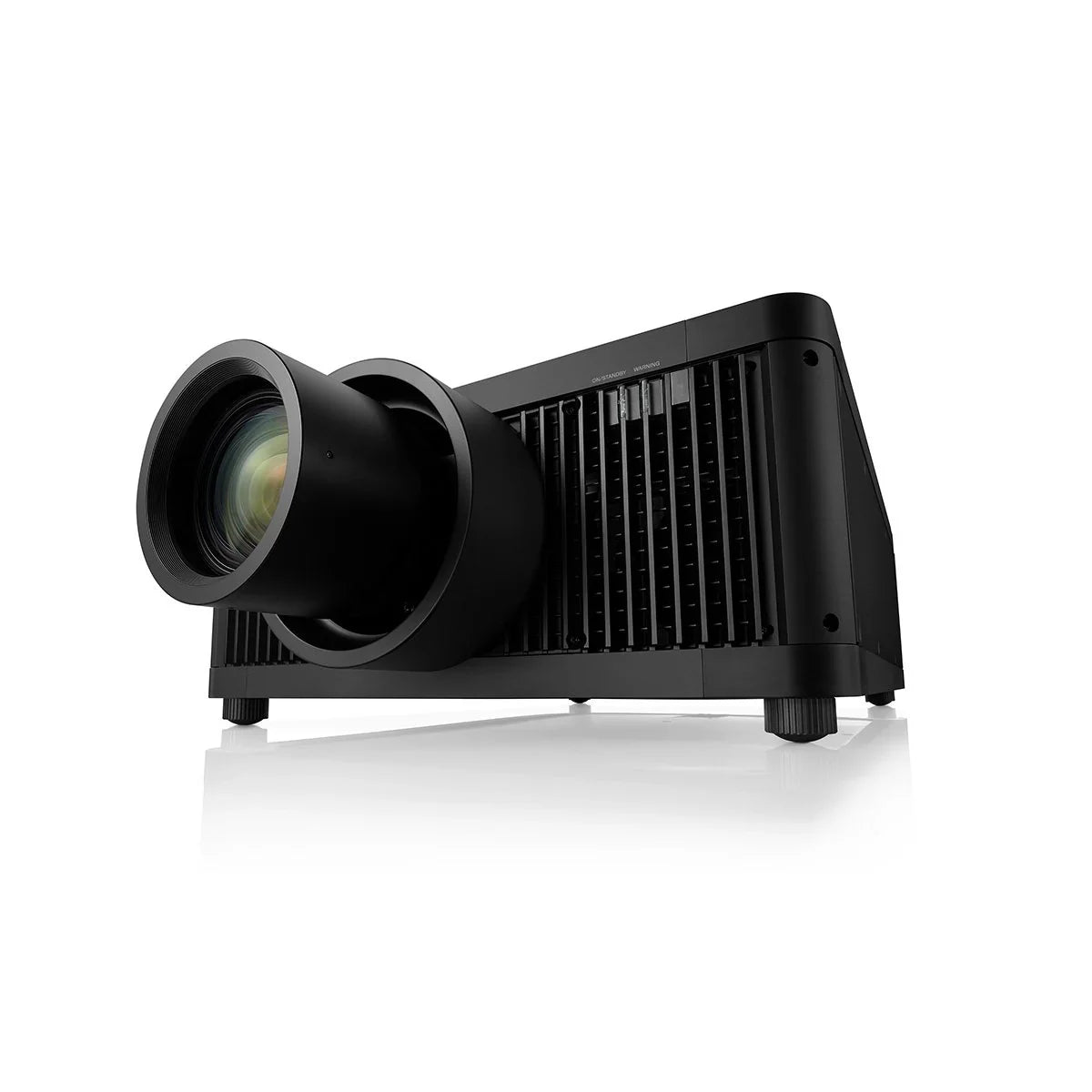
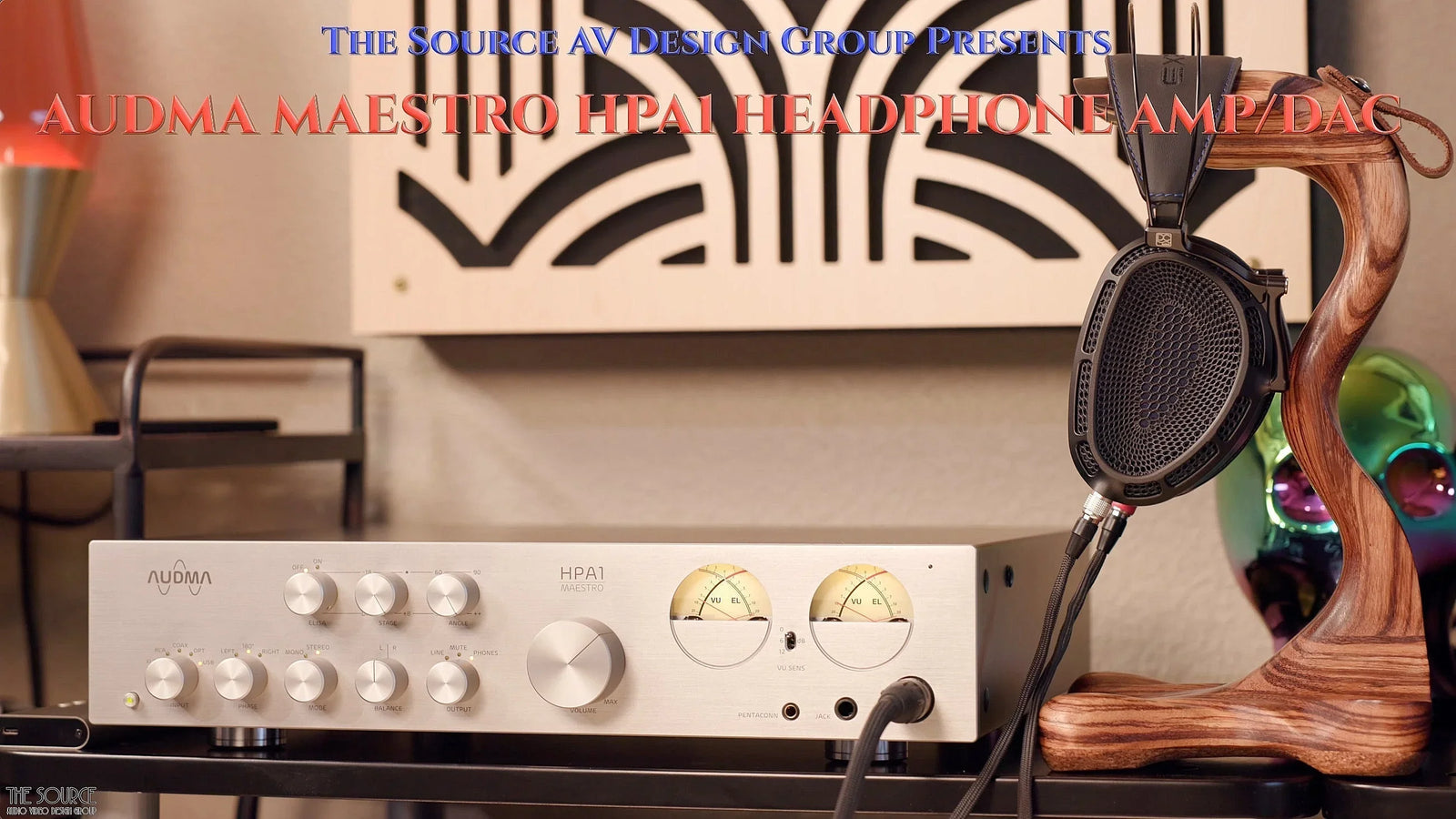




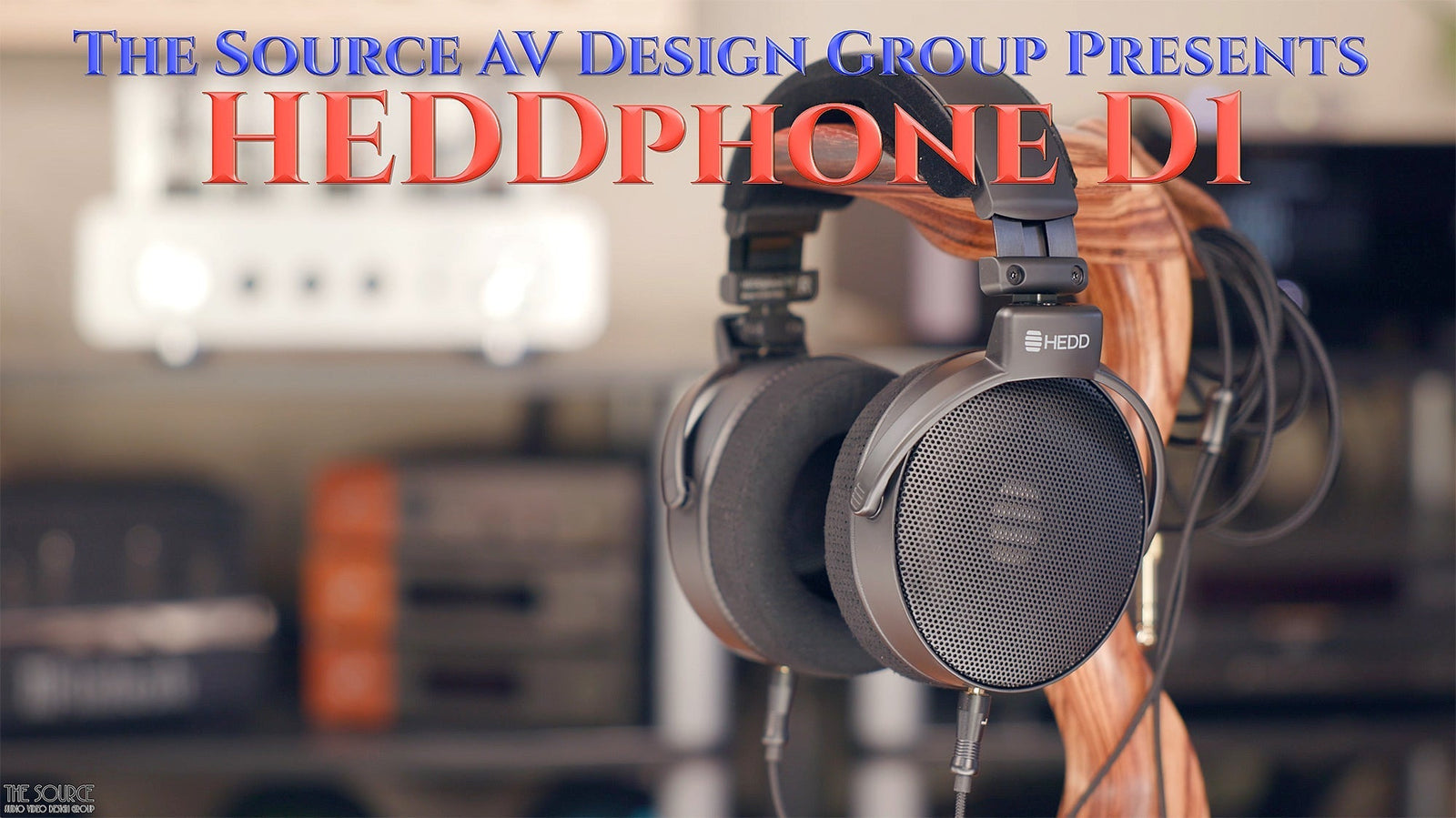
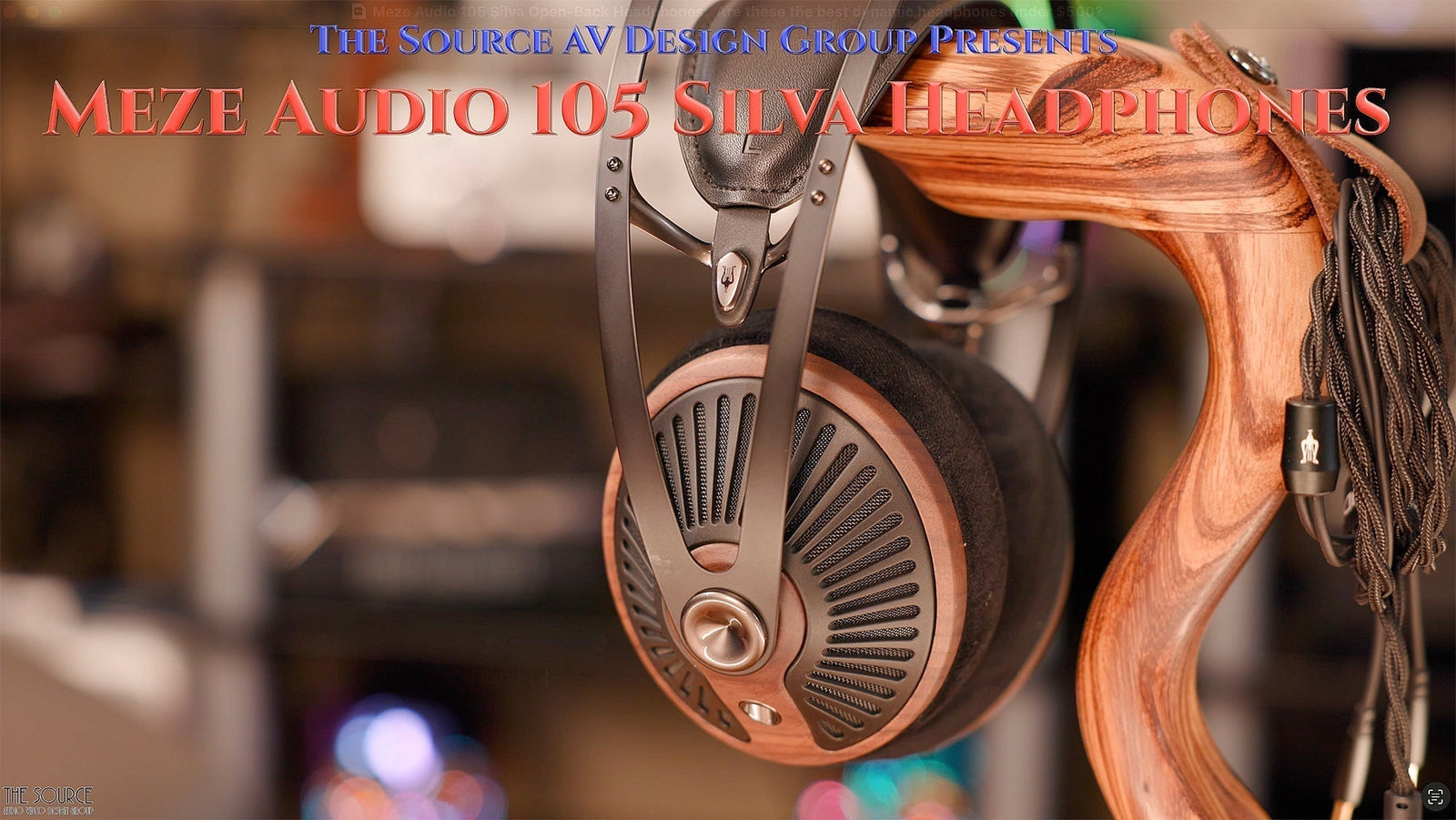
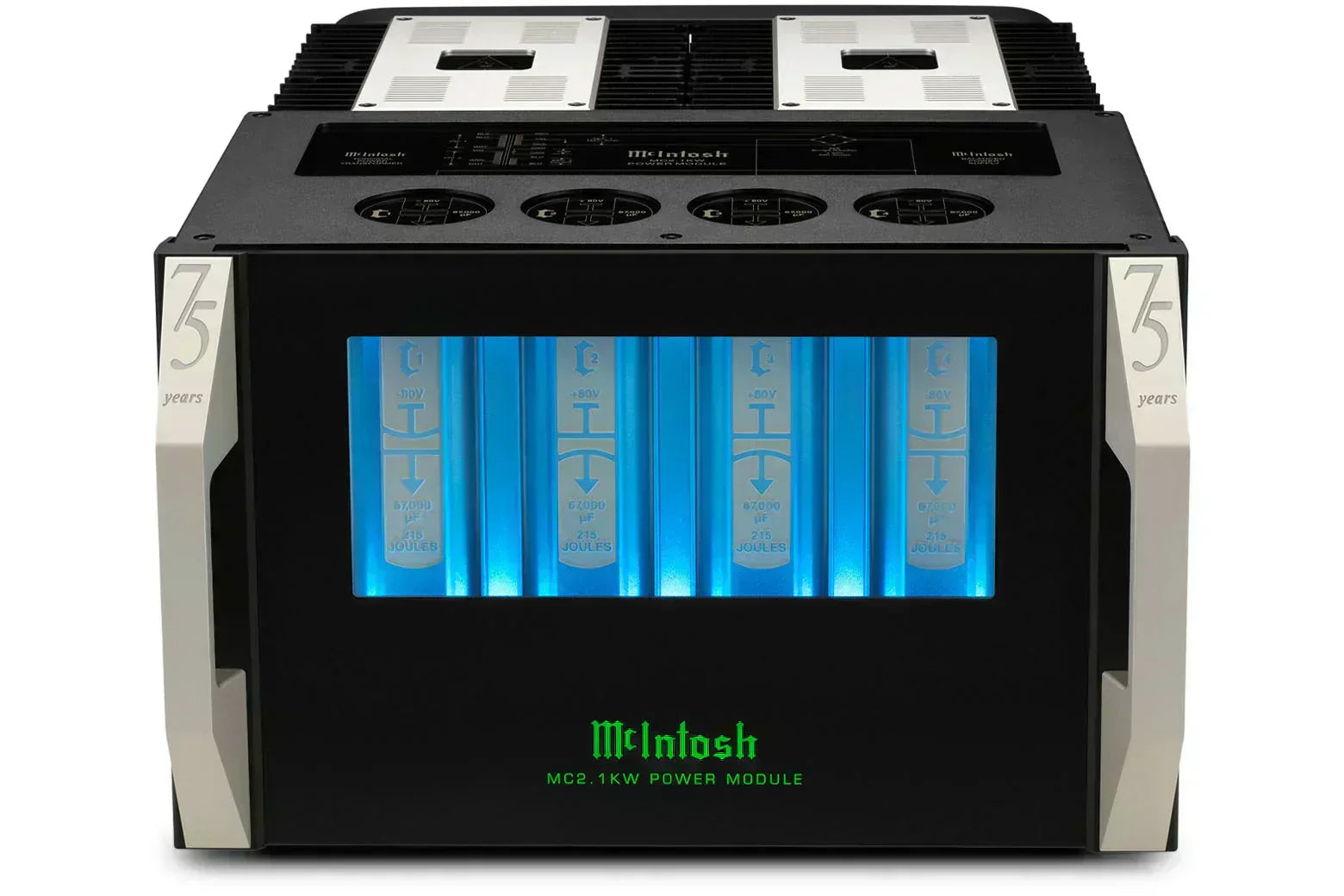
Leave a comment (all fields required)